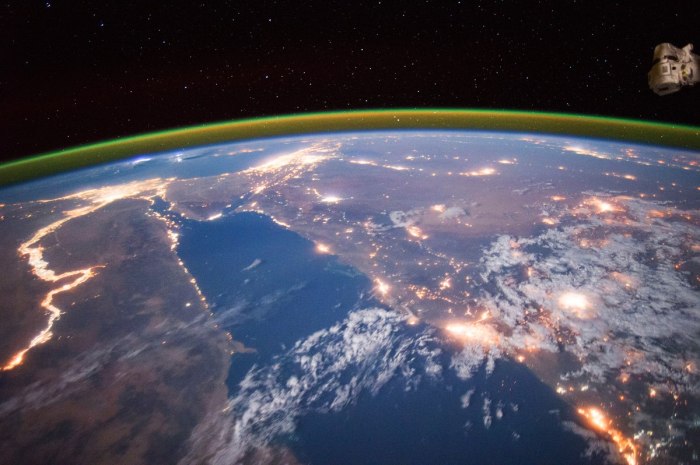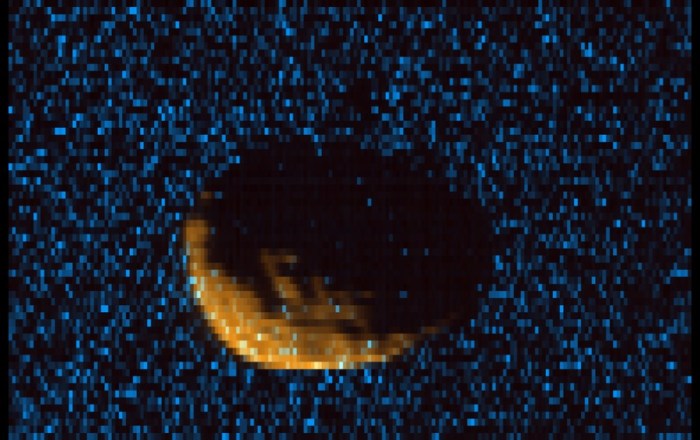If you got a minute Sunday night, look up.
A rare total lunar eclipse will turn the full moon into bloody red.
On January 20, the eclipse, which NASA is calling the “Super Blood Wolf Moon,” will be visible in the entire U.S.
The moon will be near its closest approach to earth, making it a “supermoon” that will appear larger and brighter than usual.
This year’s lunar eclipse will be the last one until May 2021, and the last one visible from the U.S. until 2022.
Here’s how to make sure you don’t miss it.
What is a lunar eclipse?

Lunar eclipses occur when Earth’s shadow blocks the sun’s light, which otherwise reflects of the moon.
There are three types of lunar eclipses; total, partial and penumbral, where the total is the most dramatic.
The lunar eclipse will be a total eclipse, which makes it very unique.
During the total lunar eclipse, the full moon’s bright facade will change. As the moon enters Earth’s shadow, the whole moon will turn into a bloody red color.
The red color appears when the moon is entered in this particular angle and sunlight scatters to produce the red colors of sunset and sunrise, according to Space.com.
A total lunar eclipse can only happen when the sun, Earth and the moon are perfectly lined up. Anything less than perfection creates a partial lunar eclipse or no eclipse at all.
While a solar eclipse can only be visible for a short moment, a total lunar eclipse can be viewed for about an hour as long as the sky is clear.
When is the lunar eclipse 2019?

On Sunday night, start watching the skies around 9:40 p.m. Eastern Time, as the Earth’s shadow slowly begins passing in front of the moon.
The full lunar eclipse, when the moon is red, will begin at 11:41 pm Eastern Time and finishes around 12:45 am.
You can check when the eclipse will begin in your local time here.
Where can I best watch it?

All North America, South America and a few areas of Western Europe will be able to see the moon turn red.
The only thing you’ll have to do is to take a step outside and take a look up in the sky.
You don’t need any special equipment. Whether you’re in the city or in the countryside, the moon will be visible to the naked eye.
But if you have the option, NASA still recommends getting away from the city lights in order to get a clear view of both the supermoon and the stars.
Remember that it’s cold outside so don’t forget to bundle up with layers of warm clothes.
If you don’t want to go outside to check out the eclipse yourself, there are a few sites live-streaming it.
The Slooh Observatory will be hosting a live show starting on Jan. 20 at 10:30 p.m. Eastern Time, and TimeAndDate.com will be hosting a live show on YouTube as well
Let’s hope the sky is clear, this is an event you don’t want to miss!























